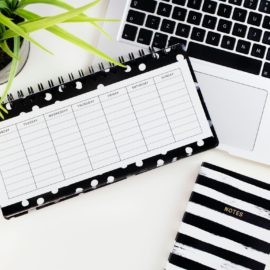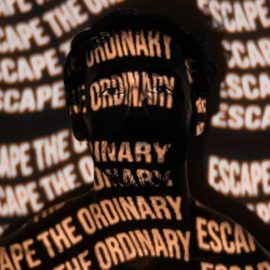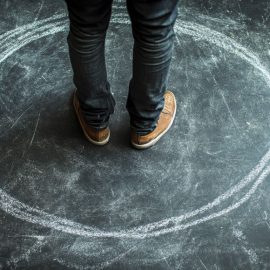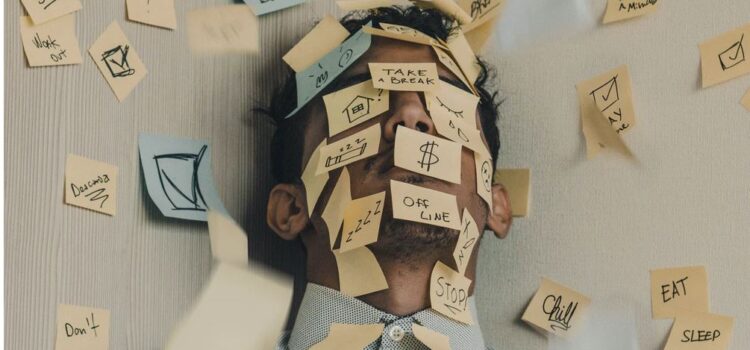
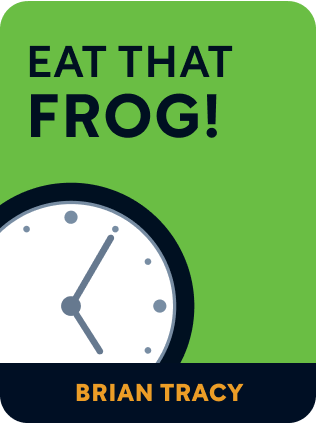
This article is an excerpt from the Shortform book guide to "Eat That Frog!" by Brian Tracy. Shortform has the world's best summaries and analyses of books you should be reading.
Like this article? Sign up for a free trial here .
Do you try to simultaneously handle incoming messages and interruptions while also completing your work? Did you know that multitasking is a myth and what you’re doing is actually task shifting?
Task shifting is switching your attention back and forth between different things. The more interruptions you experience and the more often you switch your attention, the more mistakes you make and the less you get done.
Keep reading to learn how you can stay focused and avoid task shifting.
Stay Focused
While technology is critical to time management—it can either help you manage your time or encourage you to waste it—it has another impact on your productivity that must be managed: It can undermine your ability to stay focused.
You have to stay focused in order to get anything important done well. But there are two big threats to your concentration: interruptions—especially emails, texts, and notifications—and attempts to multitask.
Research indicates that the habit of responding to emails, texts, and calls results in a shorter attention span and lack of focus which make it difficult or impossible to complete the kinds of tasks vital to your success.
When you get email alerts, message alerts, and social media notifications, they can give you a “buzz” or shot of dopamine, which spurs you to respond. It’s like reacting to the sound of a slot machine alerting you to a win. When you start your day by responding to notifications and alerts, it triggers a dopamine burst and sets the tone for the rest of your day—you continue to have difficulty focusing.
Multitasking Is Really Task Shifting
Many people believe they can multitask or simultaneously handle incoming messages, interruptions, and important tasks.
In reality, you can only focus on one thing at a time. What seems like multitasking is “task shifting,” or switching your attention back and forth between different things. After being interrupted at a task, it takes 17 minutes to totally refocus on the task and continue working.
The more interruptions you experience and the more often you switch your attention, the more mistakes you make and the less you get done. The tendency to perform task shifting can increase the time needed to complete a task by 500 percent.
In contrast, when you work without interruption, you can cut the time required to complete a task by as much as half.
The more self-discipline you develop to stay focused and stop task shifting, the more you increase your efficiency, or ability to do high-level work in less time. Self-discipline and persistence are qualities of character that help you get things done and also build your self-respect.
Use a Planner
Using a planner can help you create uninterrupted time each day to complete your most important tasks. Block out time—preferably in 60- to 90- minute stretches—for these tasks, treat it like an appointment, and keep it.
Your blocked-off time doesn’t have to happen at the office. Some people find it’s productive to get up early and work for several hours at home, where there are fewer interruptions, before going to the office. If you travel for business purposes, you can use time at the airport and in the air to work with few interruptions.
Mapping out your time in a planner helps you build your work time around getting your most important tasks done without task shifting interruptions.
What You Can Do to Stop Task Shifting
To minimize distractions and interruptions:
- Don’t check your email the moment you wake up—this starts your day with a dopamine rush that you’ll keep trying to repeat.
- If you have to check your email, make it quick and return to your work right away.
- Turn off the sound on your computer and your devices to avoid dopamine triggers and distractions, like the sound of receiving a text message.
- Limit your email checking to twice a day, closing out of it when you’re done each time.
- In meetings, keep devices turned off.
- Plan your day ahead of time.
- First, choose the most important task and start it immediately.
- Work for 90 minutes without stopping or being interrupted, then take a 15-minute break.
- Return to work for another 90 minutes. Then check email for a dopamine reward.
When you discipline yourself to focus without interruption for three hours each morning on your most important task, you’ll be more productive and in control, and you’ll kick the habit of task shifting and constantly checking your messages.

———End of Preview———
Like what you just read? Read the rest of the world's best book summary and analysis of Brian Tracy's "Eat That Frog!" at Shortform .
Here's what you'll find in our full Eat That Frog! summary :
- What it means to eat a frog
- How your daily distractions get in the way of doing important work first
- How to make a habit of doing the most important thing first, every day


